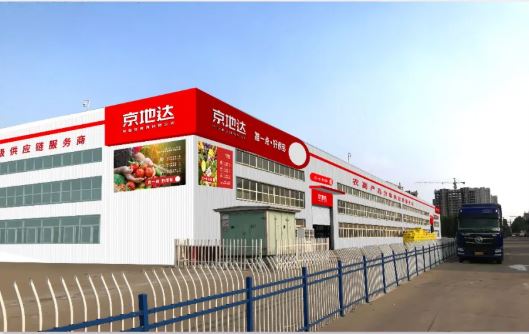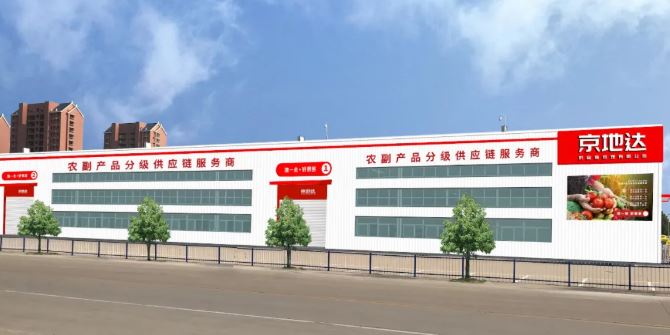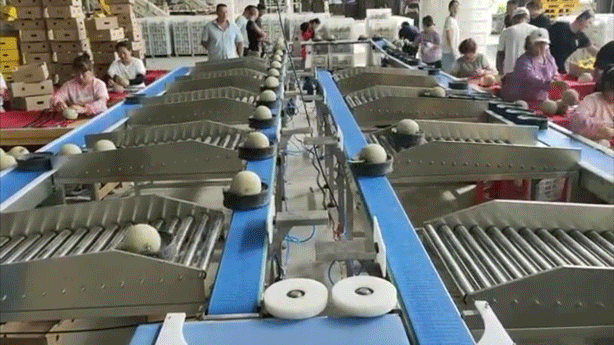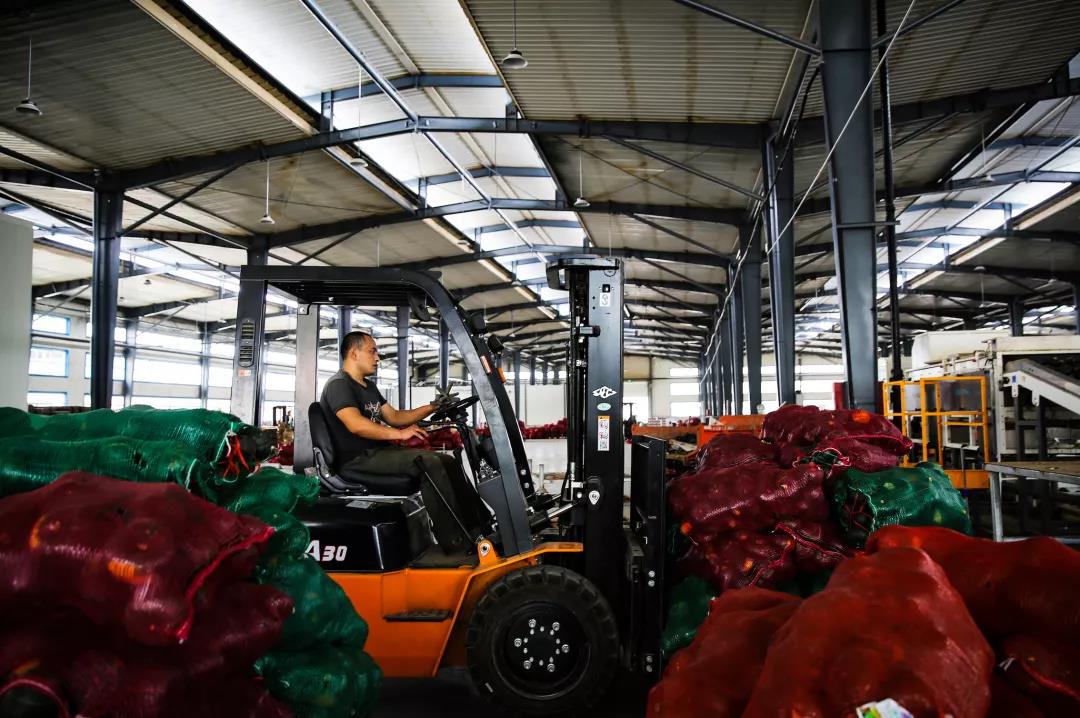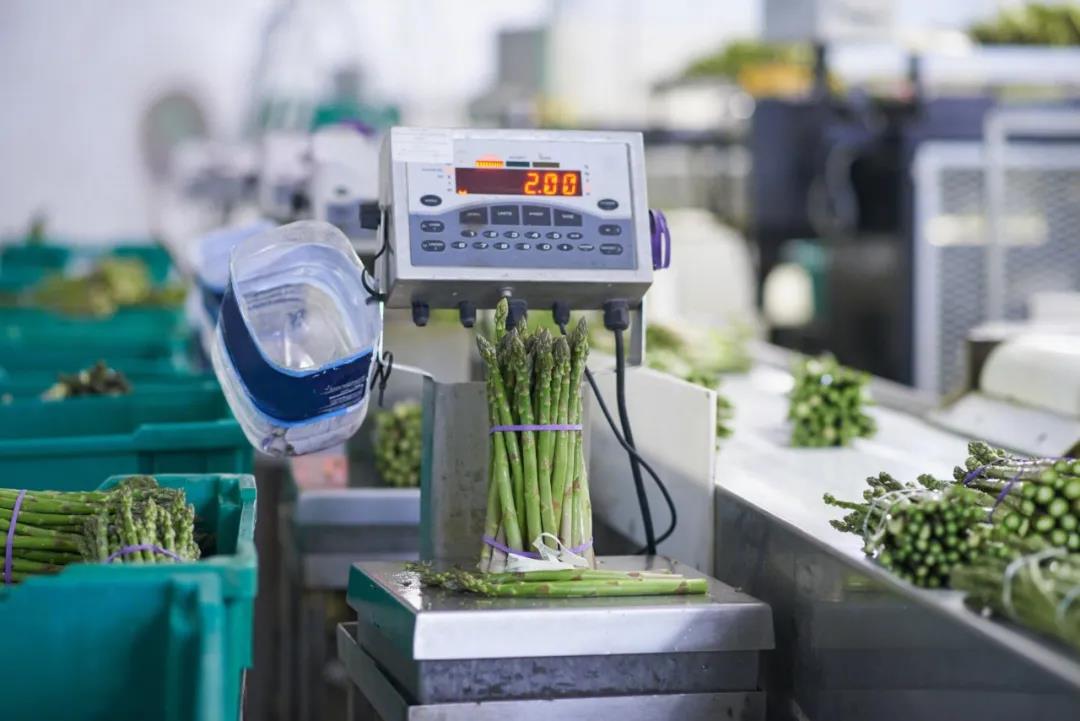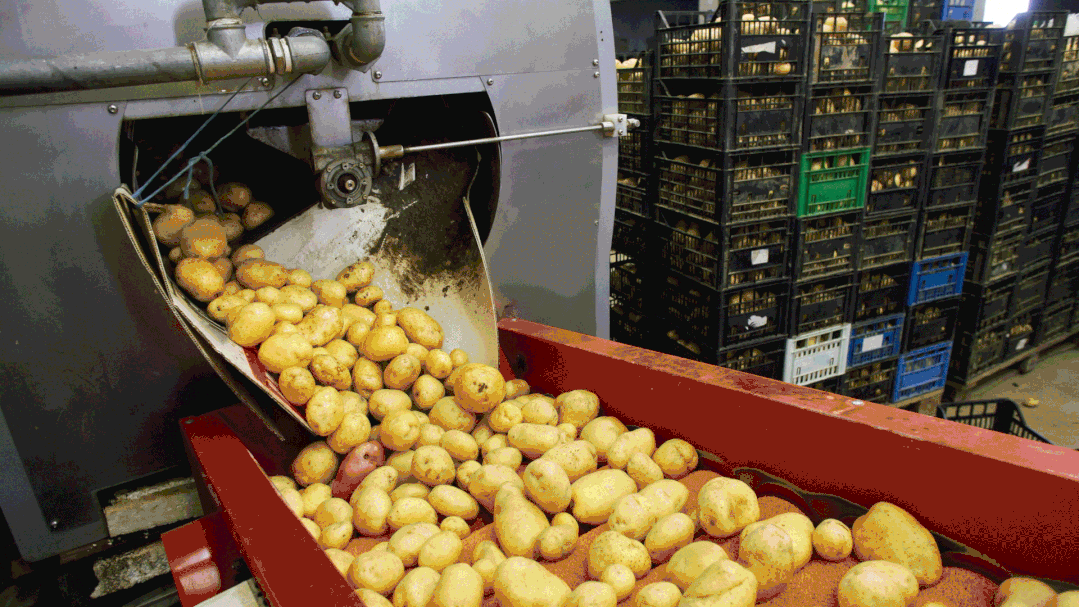Welcome to volume 20 of our 2021 weekly digest. Here we consolidate a selection of JD news and give context on why it matters. If you have any questions or topics you are hoping we will explore, please email press@jd.com.
BUSINESS HIGHLIGHTS
JD RETAIL

Bilibili partnership
Among the various partnerships announced by JD this week was JD Plus’ partnership with Bilibili, the leading video community popular among younger generations in China. Through the partnership, consumers who sign up for JD’s paid premium membership program JD PLUS will enjoy VIP membership privileges from both JD PLUS and Bilibili, including monthly free shipping coupons, and being able to watch movies, TV shows and more on Bilibili’s video platform.
JD partners with Dili Group
JD and China’s leading food distribution service provider Dili Group jointly unveiled their smart distribution center for fresh produce in China’s “home of vegetables,“ Shougang county of Shandong province. Named as Jing Di Da (京地达), the center marks a big step for the two companies to deepen cooperation in driving the transformation of China’s agricultural products circulation.
The center will serve as a model to integrate internet and digital capabilities into traditional agricultural production zones and wholesale markets, creating a one-stop supply chain solution to help the industry to reduce cost, improve efficiency and enhance circulation safety. Read more about the center here.
Jingxi partners with City of Suqian
Jingxi, the social e-commerce platform of JD.com, announced its partnership with the Bureau of Commerce of Suqian city in Jiangsu province, so as to provide a channel for the agricultural city to sell their fresh produce across China. The partnership is only the first in JD’s planned cooperation with other cities in the future, according to Li Changming, General Manager for the product department of Jingxi.
Based on Jingxi’s supply chain, technology and marketing skills, the two parties plan to build a virtual agricultural outlet on Jingxi with products from Suqian, through which they will expand a new sales channel for fresh produce and propel the development of building an agricultural brand with local characteristic, thus boosting the national policy of rural revitalization.
JD to Support SMEs During Singles Day Grand Promotion
JD has introduced several measures related to marketing, training, loans and more, in order to support SMEs during the upcoming Singles Day Grand Promotion. The goal is to simplify rules, lower the entry threshold and maximize exposure for SMEs. Read more about the changes here.
JD WORLDWIDE
New all-cargo charter flight between China and UK
JD launched an all-cargo charter flight between Hefei of Anhui province and London on September 8, the e-commerce giant’s first regular cargo flight to Europe. The route further expands JD’s international transportation logistics network, in addition to the cargo flights to the U.S. and Thailand launched earlier this year.
“We are committed to leveraging JD’s global supply chain, logistics and other infrastructure services to help boost the development of cross-border e-commerce and trade around the globe,” said Stard Huang, president of JD’s international logistics division.
JD TECHNOLOGY
JD Helps CIFTIS Create Digital Show
For the second year in a row, JD.com helped support online exhibitions and services for CIFTIS (China International Fair for Trade in Services), the world’s first comprehensive exhibition in trade and services held from Sept. 3 – 7 in Beijing. Combining cloud computing, AI, IoT, big data and 5G, JD helped to promote cloud-based digital integrated online and offline exhibits, which break the limitations of time, space and language. As a result of JD’s technology, other participants in the fair are also able to host exhibitions online.


